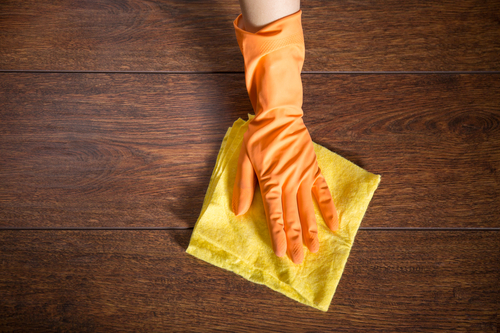Hardwood Flooring Seasonal Gaps

Hardwood flooring is a popular choice for many homeowners due to its timeless beauty and durability. However, one common issue that can occur with hardwood flooring is seasonal gaps. These are small gaps that can develop between the floorboards during certain times of the year, particularly during the dry winter months. In this blog post, we will explore the factors that contribute to seasonal gaps in hardwood flooring, including the role of seasons and housing ventilation.
Understanding Seasonal Gaps in Hardwood Flooring:
Seasonal gaps in hardwood flooring occur as a result of fluctuations in temperature and humidity levels throughout the year. Wood is a natural material that expands and contracts in response to changes in moisture content. During the summer months, when humidity levels are higher, wood flooring may absorb moisture and expand. Conversely, in the winter months, when indoor heating reduces humidity levels, the wood flooring may release moisture and contract. This expansion and contraction of the wood can lead to gaps between the floorboards, commonly known as seasonal gaps.
Role of Seasons in Hardwood Flooring Gaps:
The changing seasons play a significant role in the development of gaps in hardwood flooring. In regions with distinct seasonal changes, such as cold winters and hot summers, the fluctuations in temperature and humidity levels can cause wood flooring to expand and contract. During the dry winter months, when indoor heating is used to warm the home, the lack of moisture in the air can cause the wood flooring to shrink and create gaps between the floorboards. These seasonal gaps are a natural phenomenon and are not usually a cause for concern.
Impact of Housing Ventilation on Hardwood Flooring:
In addition to seasonal changes, housing ventilation also plays a role in the development of gaps in hardwood flooring. Proper ventilation is essential for maintaining a healthy indoor environment and can help regulate humidity levels. Inadequate ventilation, such as a lack of airflow or poor air circulation, can lead to moisture buildup within the home. This excess moisture can be absorbed by the wood flooring, causing it to expand and potentially lead to gaps between the floorboards.
Conversely, excessive ventilation, such as drafts or leaks around windows and doors, can also impact hardwood flooring. Drafts can introduce cold, dry air into the home, further reducing humidity levels and exacerbating the contraction of the wood flooring during the winter months. To minimize the impact of housing ventilation on hardwood flooring gaps, it’s important to maintain proper ventilation in the home, seal any drafts or leaks, and monitor humidity levels to ensure that they remain within the optimal range for wood flooring.
Preventing and Addressing Seasonal Gaps in Hardwood Flooring:
While seasonal gaps in hardwood flooring are a natural occurrence, there are steps that homeowners can take to prevent and address them. One effective method is to maintain consistent humidity levels within the home throughout the year. Using a humidifier during the dry winter months can help add moisture to the air and prevent excessive contraction of the wood flooring. Additionally, using a dehumidifier during the humid summer months can help reduce moisture levels and prevent excessive expansion of the wood flooring.
Regular maintenance of hardwood flooring can also help prevent and address seasonal gaps. This includes ensuring that the flooring is properly installed with the appropriate expansion gaps, as well as periodically checking for any gaps that may have developed. For minor gaps, homeowners can use wood fillers or caulking products to fill in the spaces between the floorboards. For more significant gaps, engaging the services of a professional flooring installer may be necessary to assess the extent of the issue and provide appropriate solutions.
Summary
Seasonal gaps in hardwood flooring are a common occurrence that can be attributed to fluctuations in temperature and humidity levels throughout the year. The changing seasons, particularly the dry winter months, can cause wood flooring to expand and contract, leading to gaps between the floorboards. Proper housing ventilation is essential for regulating humidity levels and minimizing the impact of seasonal changes on hardwood flooring. By maintaining consistent humidity levels, addressing ventilation issues, and implementing regular maintenance, homeowners can prevent and address seasonal gaps in hardwood flooring, ensuring the longevity and beauty of their floors for years to come.

